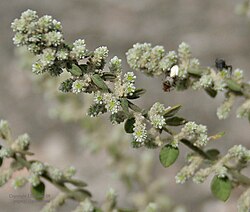This article needs additional citations for verification .(May 2013) |
Dasapushpam ("dasha" meaning ten in Sanskrit and "pushpam" meaning flowers), or the ten sacred flowers of Kerala, are ten herbs traditionally significant to Keralites, the people of Kerala, India. These herbs are found almost everywhere in Kerala, especially in the Western Ghats region. [1] They are used for decorative purposes, such as making the floral carpet pookalam during festivals like Onam. [2] These ten flowers are also used to prepare folk medicines in Kerala. [3]









